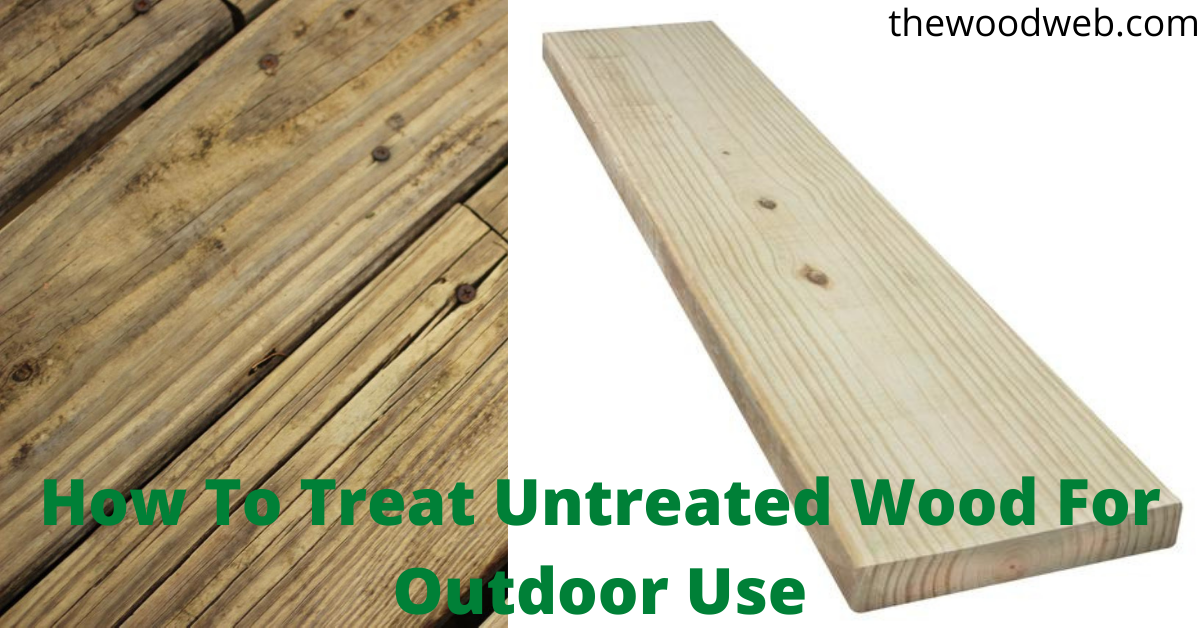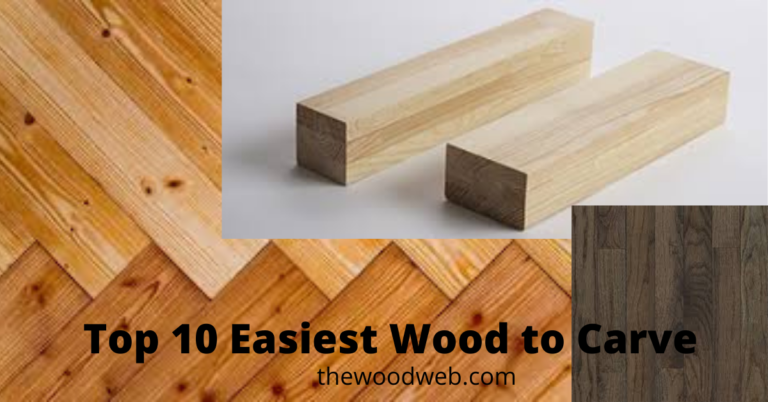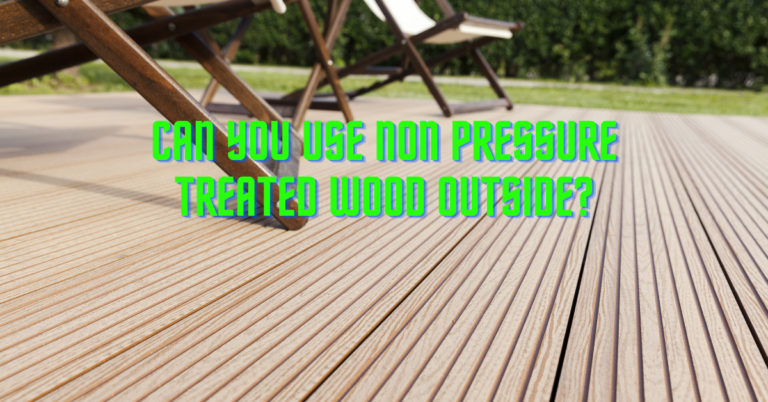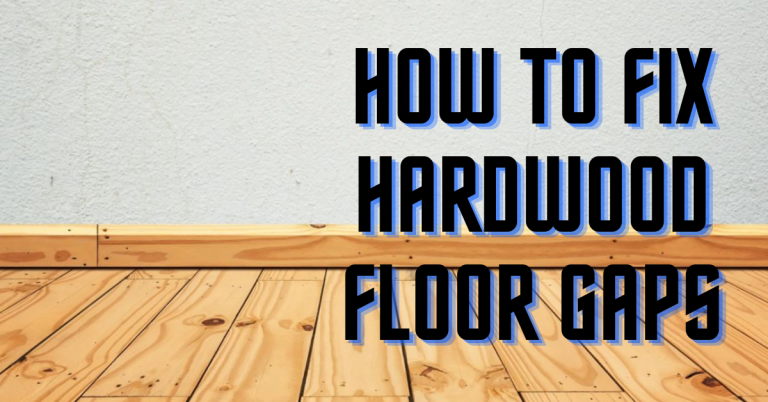How to Treat Untreated Wood for Outdoor Use – 3 Easiest Ways
Woods are used for various purposes ranging from furniture, wooden exteriors such as patios, gazebos, decking, and fences. However, most woods suffer weathering due to exposure to moisture, UV rays, and excess sunlight, which causes the wood to warp and weather and eventually get decayed.
Using untreated wood for outdoor use might result in wood warping, weathering resulting in its decay over a short period; that is why it is essential to know how to treat untreated wood for outdoor use.
They need to be protected from the effects of the elements such as UV rays, excess sunlight, and rainfall. The best way to treat untreated wood is by applying the wood sealer, which serves as a protective coating over the wood.
Perhaps you want to know how to treat untreated wood for outdoor use, but you don’t know how to go about it, then this is just for you!. This article contains all you need to know about the various methods of treating untreated wood.
All at a Glance
Is it essential to treat wood for outdoor use?
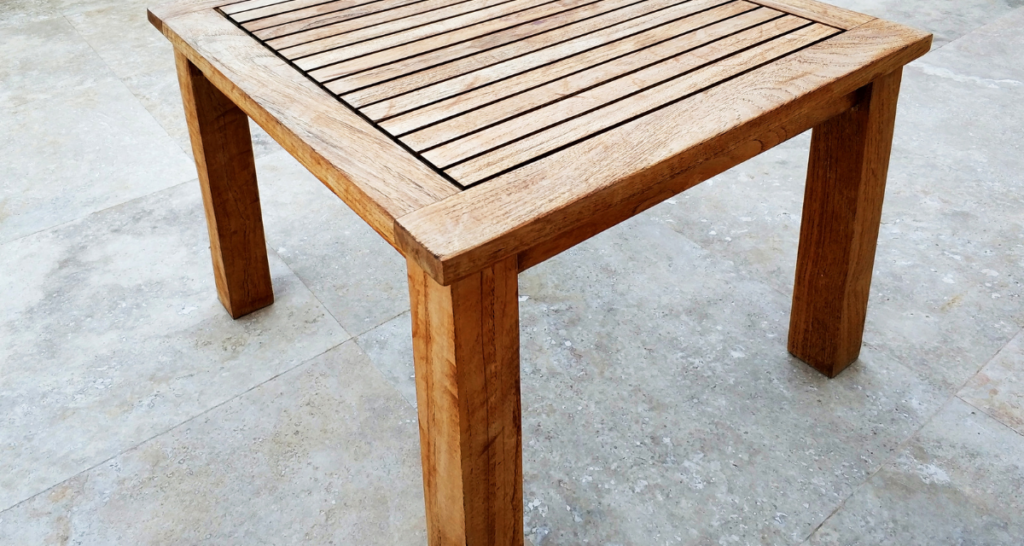
Treating your outdoor wood and other furniture pieces such as the deck, patio, and shed is essential. Using untreated wood for outdoor purpose damages your wood easily. Therefore, it needs protection against severe effects of the sun, water, and other elements to prevent rotting or weathering, thereby making the wood durable to last longer.
How long can an untreated wood last?
You need to know that untreated wood will not last as long as treated wood when placed under the same condition. Weather factors and excess sunlight damages wood quickly, and if left untreated, it’ll start withering in a matter of weeks.
Untreated wood can last for a couple of months up to two years, but if you are dealing with a long term project, you’ll have to use treated timber or, relatively still, treat the untreated wood yourself at your disposal.
Factors to consider when using untreated wood outdoors.
The major disadvantage of using untreated wood is the eventuality of rot and weather damaging the wood. The sun will make the rate of decay of the wood faster, and if used for fencing, you notice the lower portion of the fence decay much more quickly because it gets soaked with water easily and has direct contact with soil, which will hasten it’s rotting process.
When using untreated wood for decking, the direct sunlight, rainwater will affect and damage its surface, causing cracks and warping. Hence, it’s best to use untreated wood in a sheltered area.
There are a few things to consider before using untreated wood outdoors, which are discussed below:
Type of project
Before deciding on using untreated wood for outdoor use, you need to consider the type of project you want to use for either the short term or long term.
Untreated wood, when used, doesn’t last more than two years while treated wood can endure much more years, untreated wood can be used for short term projects, but it’s not advisable to use untreated lumber for big projects as it rots quickly and more easily prone to decay as sunlight and other elements has their respective effect on it.
Treated wood is best for long term projects.
Type of wood
The wood varies, so is its durability. Some woods are highly resistant, while others start rotting once they soak up water. When dealing with backyard projects like fences and decks, you’ll need softwood such as pine, cedar, spruce, redwood as your material.
Softwood costs less and is more eco-friendly; if treated, it can last up to a decade and more, but it can only last few years if untreated. Mostly suitable for backyard projects such as fences and decks, and they’re primarily affordable and less expensive.
You can use hardwood such as oak, mahogany, walnut, and maple for long term projects. Although they cost more and are less eco-friendly yet, they’re naturally weather resistant and can last several decades.
Read Also: What is the Easiest Wood to Carve- Top 10
How to treat untreated wood for outdoor use
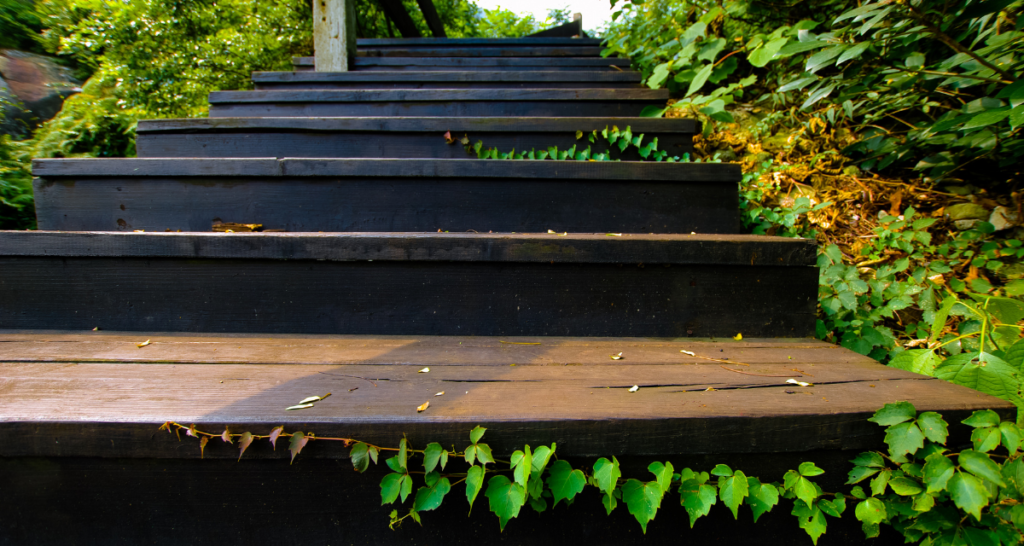
Step one: Create a warm, hand-rubbed oil finish
For this first step, we will be using tung oil and linseed oil gotten from the tung tree and seeds of the flax plant, respectively. These two oils are mostly used to create a warm, hand-rubbed finish and have been used over the centuries for their great functions as they protect the dark-grained woods such as walnut and mahogany.
We can mix the two oils with a few other crucial ingredients to make the perfect solution to treat your outdoor wood and the untreated wood pieces. You can either buy pre-blended linseed and tung oil or buy them separately and mix them.
A standard hand-rubbed oil mixture consists of either two oils, one part polyurethane and one part mineral spirits. Here is the method on how to go about the combination:
- Mix and stir all the ingredients thoroughly.
- Use a natural bristle paintbrush to apply it to the wood pieces.
- Allow the oil to get absorbed into the surface. After that, you need to reapply another coat to the spots that look dry.
- Wipe off the residual oil using a dry towel or rags; this will remove all the excess oil from the surface.
- To Let the wood dry completely, this can take up to feed hours or preferably overnight depending on the mixture’s oil amount.
- After drying, use sandpaper and rub gently.
- Repeat the process till you get the desired finish.
Step two: Treat wood with sealant or stain
One of the easiest ways to treat your wood is by using wood stain or sealant. Using sealant makes your wood weather-resistant and durable, making it last longer.
Sealants give a transparent finish, while wood stains give pigment that changes the look of the wood. Both sealant and wood stain makes the wood weather resistant, although it needs to be reapplied every few years.
The following steps will guide you on how to apply either your sealant or wood stain.
- Prepare the wood
- You need to prepare the wood by sanding the surface, and in this case, you need rough sandpaper to handle the body, which will help you get rid of any other previous treatment. Make sure you use fine sandpaper to finish the sanding. Then clean the surface and remove the remaining sanding particles.
- Select your sealant/ stain
- Various brands produce sealants and stains, but you need to get sealants/ stains of high quality to get the best results. It would be best if you chose your sealant based on the furniture and purpose you’re using it for. For example, you can purchase deck sealant and the likes. If you want your wood to be durable, resistant to moisture, water, and UV rays, you should go for marine wood sealant. Likewise, if you’re using wood stain, make sure it’s meant for exterior use.
- In case you’re dealing with large wood pieces or areas, it’s advisable to go for a product that can be used with a paint sprayer. This will speed up the application process and help save time.
- Apply the first coat
- Now that every other thing is set to apply the first coat using a sprayer or brush. Ensure that you apply the solution evenly and cover all the portions well without leaving any space uncovered. Once done, let it dry for about 4-10 hours, depending on the manufacturer’s instruction.
- Sand your pieces
- It will help if you sand the wood pieces after the first coat dries up. This is important because it allows the next coat to stick better. Ensure you use fine sandpaper. When you’re done, wipe off all the residue from the surface and get ready for the second coat.
- Apply the second and third coat
- Apply the second coat and leave to dry. Note that each coat will take longer to dry than the previous one. After the second coat is dry, use fine sandpaper for sanding the surface, use a spare towel or rag to clean the particles, and then apply the final coat and leave to dry.
- Leave to cure
- Leave the wood pieces to cure for at least 3-4 days before use.
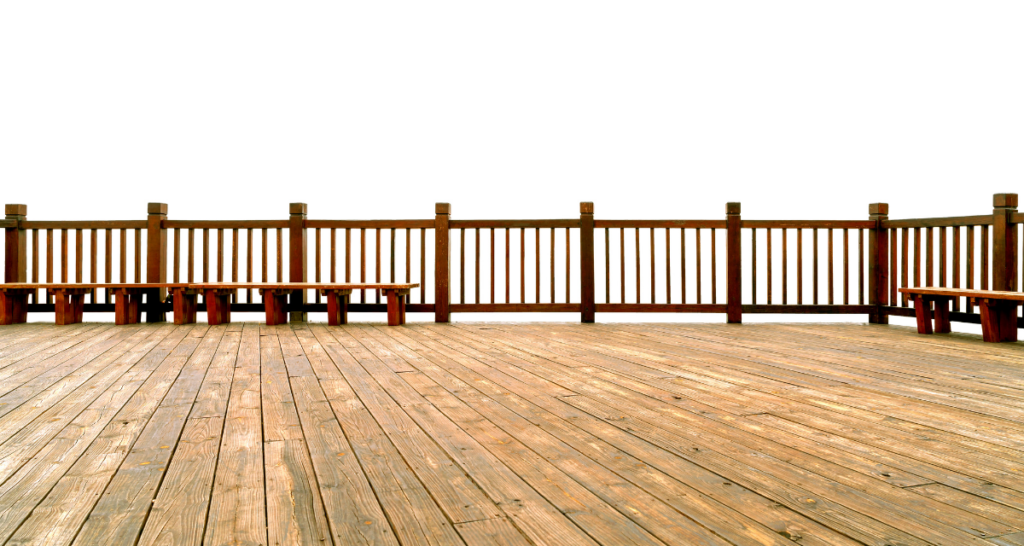
The best option to treat untreated wood for outdoor use is through the sealing options, oils, and protective coats, which are preferable methods. The following are the best ways to treat untreated wood for outdoor use:
Outdoor wood sealers
Various wood sealers are extremely easy to apply. Water sealers are simply a combination of chemicals and oils that have several additions for advanced UV protection. The primary purpose of wood sealers is to keep the inner wood dry and is best used for decks, fences, gazebos, and wooden exteriors.
Untreated wood treated with sealers lasts longer. It’s best applied using a brush. You can also apply it using garden sprayers. When dealing with large areas, it’s advisable to use a paint pad, it’s almost like a roller, but it’s flat, providing a better sealing finish.
Exterior paints
For a long time, PaintPaint has been used to choose exterior PaintPaint that is waterproof and apply. Although it’s not the best option, it’s suitable for projects like outdoor tables, outdoor fences, and wooden flower pots.
Wood oils have proven to be the natural method to protect the wood from natural weathering. However, if treating untreated wood, it’s still advisable to go with more potent and more durable waterproof methods such as sealers. The most used outdoor oils are linseed, teak, and danish oil.
When deciding what product to use, I’d recommend choosing based on the direct project. Choose specifically on specific outdoor furniture projects that provide weather resistance with the best natural look.
Clearcoats-spar urethane
It’s a suitable option for outdoor projects, and it can be rubbed, brushed, and even sprayed on, making the application process easy, faster, and less stressful.
Epoxy
Epoxy is a chemical compound that has excellent resistance to liquids. The moment you apply epoxy, you’re using a strong resistance to water. It is thick and will prevent water and surface damage to the wood. Epoxy is not UV resistant and will fade away over time if outside.
Hence I’ll recommend a coat of spar or exterior wood oil on the wood pieces first. You can also apply a small amount of UV protector, which will help save the color. Then after it dries, you can layer epoxy over. Epoxy project is time-consuming compared to others as you will have to allow it cure layer by layer.
Tools and materials needed
- Mineral spirits
- Polyurethane
- Linseed and tung oil
- Natural bristle paintbrush
- Rags and towel
- Fine-grit sandpaper
Simple steps on how to waterproof wood for outdoor use.
- Use linseed or tung oil to create a beautiful and protective hand-rubbed finish.
- Seal the wood with a coating of polyurethane varnish or lacquer
- Finish and waterproof wood simultaneously with a stain-sealant combination.
- While getting the approach suitable for you, note that some of those methods are better suited for either interior or exterior wood pieces.
Conclusion
Treating untreated wood for outdoor use does not only make your wood pieces durable and weather resistant, but it also increases their life span, which makes them last much longer other than rotting away. However, make sure you use high-quality products and follow the manufacturer’s instructions in detail to achieve the best results.
Important Reads:

